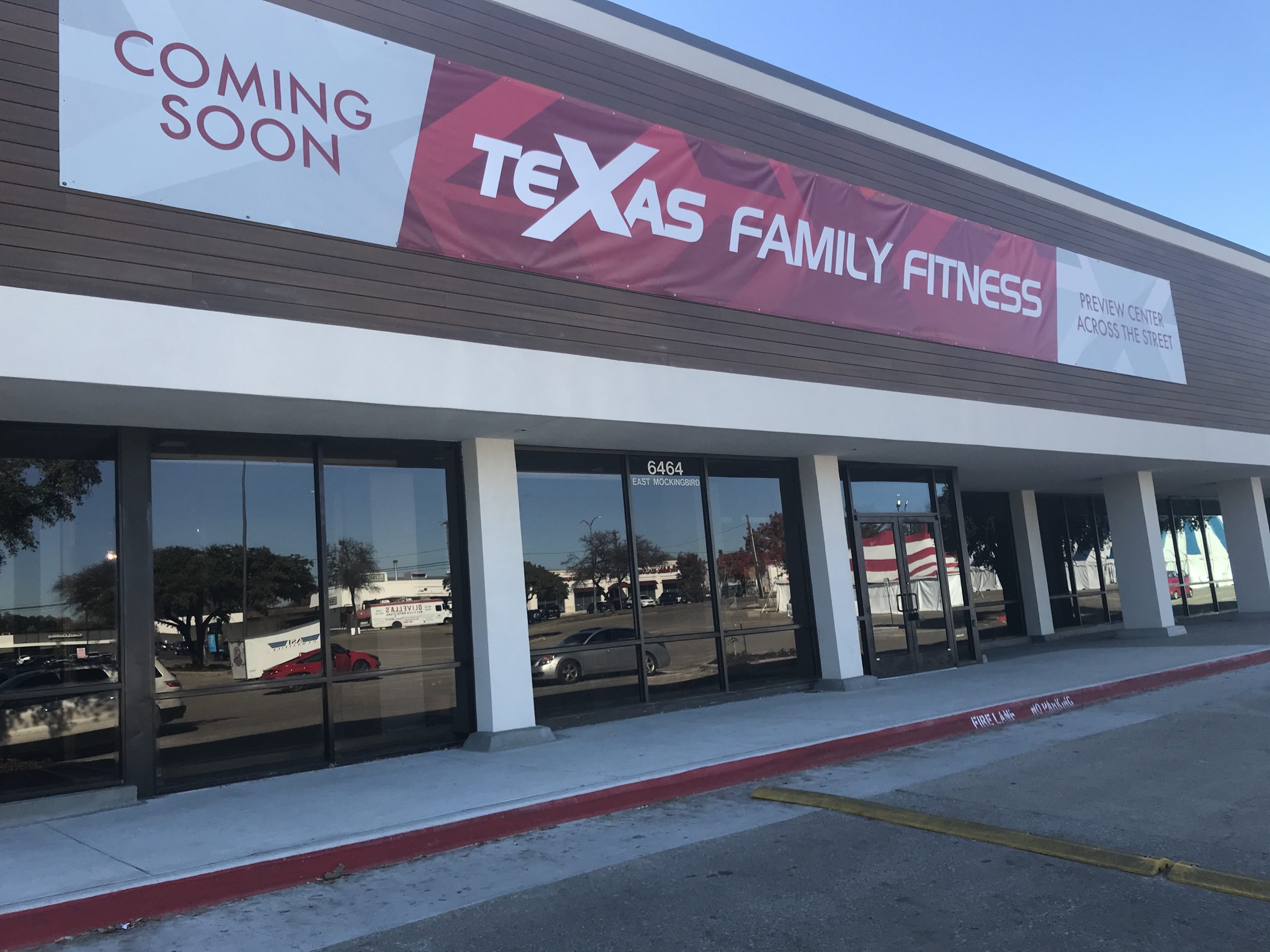Jobs
Here are the jobs BLS predicts to be hot in the next decade – Marketplace

In addition to parsing the Bureau of Labor Statistics’ monthly Jobs Report, anyone who wants to know which jobs are hot and which are not can consult a more forward-looking dataset: BLS’s annual job growth projections for the next 10 years.
BLS predicts that the top-growing occupations — those with the highest number of new jobs to be created between 2023 and 2033 — include home health and personal care aides (+6.7 million jobs), software developers (+304,000 jobs), restaurant cooks (+245,000 jobs) and registered nurses (+197,000 jobs).
The fastest-growing occupations — measured by percentage increase in jobs — include wind turbine service technician (+60%) and solar photovoltaic installers (+48%), nurse practitioners (+46%) and data scientists (+36%).
Among those who really want to know BLS’ predictions for the hot jobs of the future? The career counselors at Portland State University’s Career Center.
Internship coordinator Marisa Miller said her students’ career ideas range from clearly-defined and well-researched to impressionistic.
“For some, people it is a job title. For some, it’s ‘These are my values,’” she said. “And for some people it’s, ‘This is a thing I learned in class this week that I didn’t know was a possibility. That’s what I’m interested in today.’”
Employer relations manager Giovanna DiFalco said that in order to point students down plausible career paths, “data like this is helpful to have an idea of where the labor market might go, where demand is going to be.”
Demographics are one structural factor shaping future labor market demand. Health care will be the fastest-growing occupational sector, driven by the needs of aging baby boomers, according to Michael Wolf, division chief for employment projections at BLS.
Meanwhile, the older generation of carpenters, welders, machinists and the like are aging out of manufacturing and construction. “Those skilled trades may not be growing rapidly,” said Wolf. “But if a lot of the workers are retiring, it can still be creating a whole lot of opportunities for new workers.”
There is less opportunity in K-12 education, as the birthrate and school-age population fall. Wolf said that the other big driver of job change is new technology — renewable energy and EVs, robots and artificial intelligence — causing job loss and job growth.
“Computer-mathematical are the second-fastest growing occupational group. A lot of that is being driven by big data,” Wolf said. “The fastest declines: office and administrative clerical-type workers, primarily being impacted by automation.”
There is already evidence of “technological unemployment” as AI is rolled out in marketing and back-office operations, said Joe Brusuelas, chief economist at consulting firm RSM. “You can see in places like finance, sophisticated technologies being deployed, causing very talented, very expensive white-collar workers to have problems finding employment.”
Meanwhile, Brusuelas said that lower-skilled office workers are looking more and more like the telephone operators of a past generation.
“I think the population most at-risk are women 25-to-54 with less than two years’ education,” Brusuelas said. He predicts that jobs commonly held by that demographic “are just going to be automated out of existence.”
But not everyone agrees with the BLS predictions regarding technology.
“I will rant for just a minute here,” said Peter Cappelli, director of the Center for Human Resources at the Wharton School. “These forecasts on technology have been spectacularly wrong. Remember driverless cars? By 2019, the prediction was that truck drivers would be obsolete.”
BLS now predicts that there’ll be about 200,000 more of them by 2033 (including 102,000 tractor-trailer and heavy truck drivers, as well as 96,000 light truck drivers).
“The reason that [job forecasts based on technology are] always spectacularly wrong is that they’re driven by people who are building the technology, telling you what is possible,” Cappelli said. “They’re not telling you what is practical.”
Cappelli is not a big fan of making job projections for a decade in the future, in general. “Forecasts stopped working out very well about 50 years ago. And we really want to have them. It’s hard to get people to accept the fact that maybe you’ve just got to deal with a lot of uncertainty,” he said.
At Portland State University’s Career Center, the BLS’ long-term job predictions are treated like general directions on a map, explained director Greg Flores. He offered an example: A decade ago, BLS listed “cartographers and photogrammetrists” as one of the fastest-growing occupations over the next 10 years. (It then clocked in at No. 19 on the list, with an estimated 29% increase.)
Flores said he hasn’t sent a lot of students down that specific career path since then.
“But the skill behind that ‘cartography’ is a program called ArcGIS. And there are lots of jobs that use it. But the job title isn’t what the projection said it was going to be,” he said. “So there is value in looking at the need in society or the need in the economy, and figuring out what are the skills you can learn that will be valuable down the road.”
There’s a lot happening in the world. Through it all, Marketplace is here for you.
You rely on Marketplace to break down the world’s events and tell you how it affects you in a fact-based, approachable way. We rely on your financial support to keep making that possible.
Your donation today powers the independent journalism that you rely on. For just $5/month, you can help sustain Marketplace so we can keep reporting on the things that matter to you.









